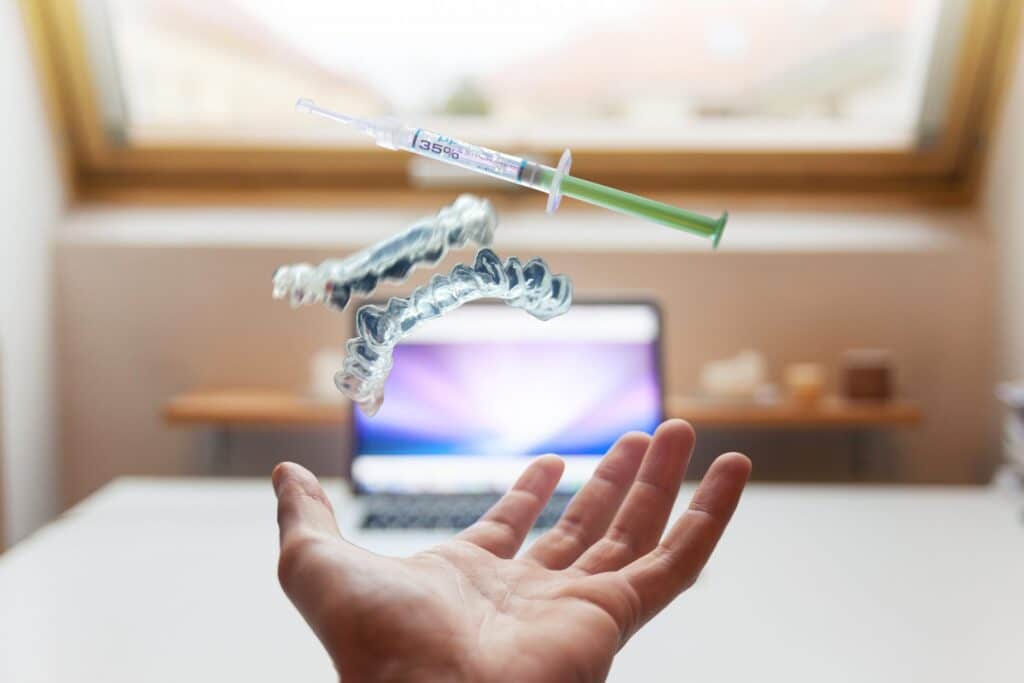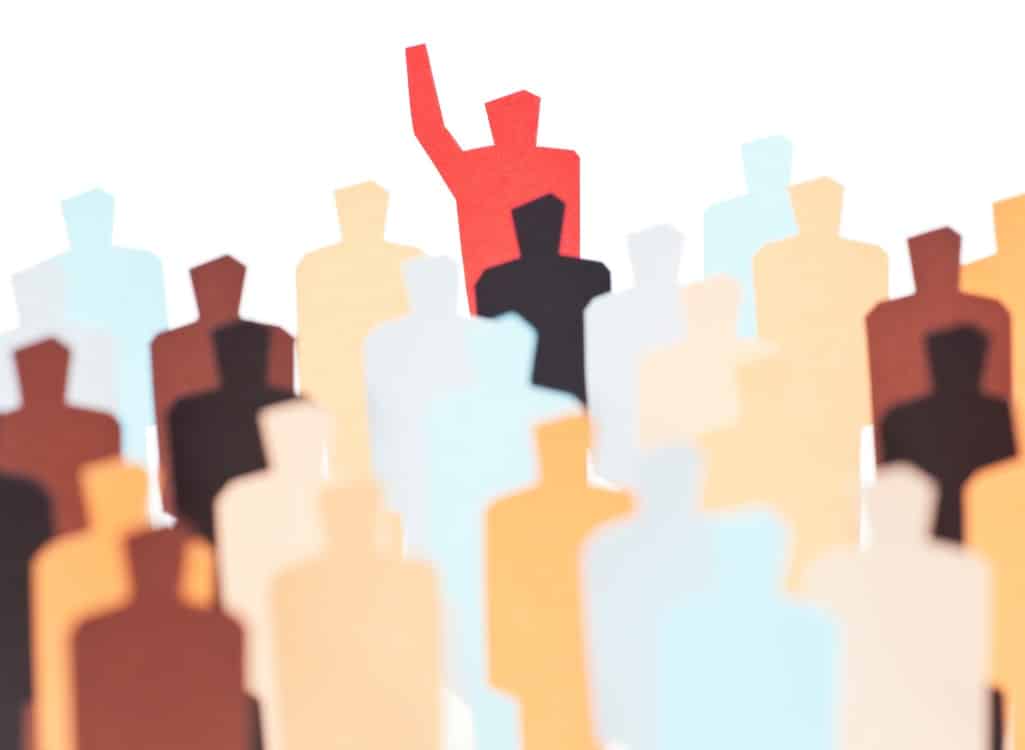Agile: “Individuals and interactions over processes and tools Working software over comprehensive documentation Customer collaboration over contract negotiation Responding to change over following a plan” As many of our clients know, agile ways of working form the backbone of our organisation and the agile manifesto, prioritising individuals, collaboration, and change response action, has never been more necessary or of greater use than now as we tackle the fall out from COVID-19.
Agile in the time of COVID – Innovation in the health sector – part 1
Agile in the time of COVID – Innovation in the health sector – part 1
Agile: “Individuals and interactions over processes and tools Working software over comprehensive documentation Customer collaboration over contract negotiation Responding to change over following a plan” As many of our clients know, agile ways of working form the backbone of our organisation and the agile manifesto, prioritising individuals, collaboration, and change response action, has never been more necessary or of greater use than now as we tackle the fall out from COVID-19.

Agile: “Individuals and interactions over processes and tools
Working software over comprehensive documentation
Customer collaboration over contract negotiation
Responding to change over following a plan”
As many of our clients know, agile ways of working form the backbone of our organisation and the agile manifesto, prioritising individuals, collaboration, and change response action, has never been more necessary or of greater use than now as we tackle the fall out from COVID-19.
With a fast-spreading, unforeseen and unpredictable disease that has gripped the world, an immediate response is absolutely critical to survival. There is no time to follow age-old processes and plans, no time to draw up documentation or negotiate details, this pandemic demands instant, emergency action. So far, the response has offered this, and gives us a perfect example of agile in practice.
Individuals and interactions over processes and tools:
Whereas certain processes and tools are obviously required to combat the illness, to equip the NHS and other healthcare workers with the best way of tackling the illness, the value of individuals and interactions between them cannot be underestimated. Instead of relying on tools and processes, individuals and companies have come together, mobilising as a united force to address the pandemic and find some sort of solution.
An example of this can be found in the inspirational interaction between Dyson and Ford Motor Company. After designing and building the ‘CoVent’ in a matter of 10 days, Dyson’s production of the defibrillator was further scaled up after GE Healthcare asked Ford Motor Company for assistance. Such interaction of Dyson, Ford, and GE Healthcare has enabled the creation of a brand new weapon against the war that COVID-19 wages on our globe. An amazing precedent has also been set by the individual owning Dyson, James Dyson, in his donation of 5,000 CoVent units to international efforts against the virus.
Working software over comprehensive documentation:
As opposed to trying to create new tools and processes from new documentation or creating the documentation to justify and detail the new piece of software before creating it, software is being created and even adapted instantly. Take Decathlon’s Easybreath mask for snorkelling as an example…
Instead of creating an entirely new mask from scratch, or writing documentation to specify the requirements for a mask for treating patients with the respiratory disease; an Italian doctor saw potential to adapt the pre-existing snorkelling mask. By coordinating Decathlon and an Italian 3D printing company, Isinnova, Dr Renato Favero enabled the fast-track creation of a modified mask which is now treating 500 patients!
Although the mask is undergoing iterations and is not a fully-documented or supported creation for medical and healthcare use, and is therefore uncertified, it can still be used – when accepted by a patient – to treat the illness and save lives.
“We reiterate that the idea is aimed at health facilities and wants to help create an emergency mask […] Neither the mask nor the valve fitting are certified […] Use by the patient is subject to acceptance of the use of a non-certified biomedical device, through a signed declaration…”
As we’ve seen, individuals across the world, from different industries and with a range of experiences, have already started to make a huge impact in the fight against this virus. Through working collaboratively, through favouring people over processes, and working / existing material over documentation, Dyson and Decathlon have illustrated how phenomenally pragmatic and effective agile is, in practice. It gives us the ability to respond quickly, to deal with the unforeseen and unpredictable. Through using agile practices, early delivery and gradual progress through ongoing iterations has prevented so much loss already. It’s also paved the way for future focus and success. Read part two to find out how customer collaboration and response to change – the other two fundamentals of agile – are currently being applied in response to COVID-19 and are also helping our society to fight the disease in the best way possible.
This post was originally coauthored by: Genevieve Cox

